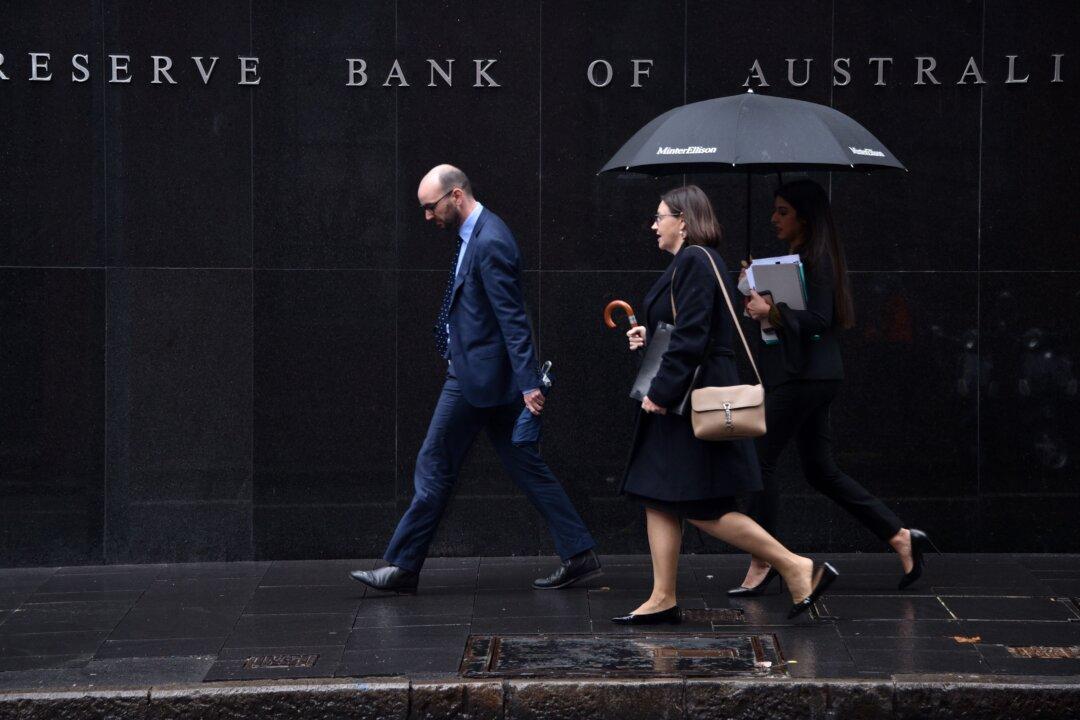The Reserve Bank of Australia (RBA) has announced the sixth consecutive interest rate hike at its board meeting on Oct. 4, lifting the official cash rate to 2.6 percent.
Prior to the meeting, the RBA said it would opt between a 0.25 percent and 0.5 percent rate rise. It eventually chose the former option, which went against many experts’ expectations of a higher rate hike.





